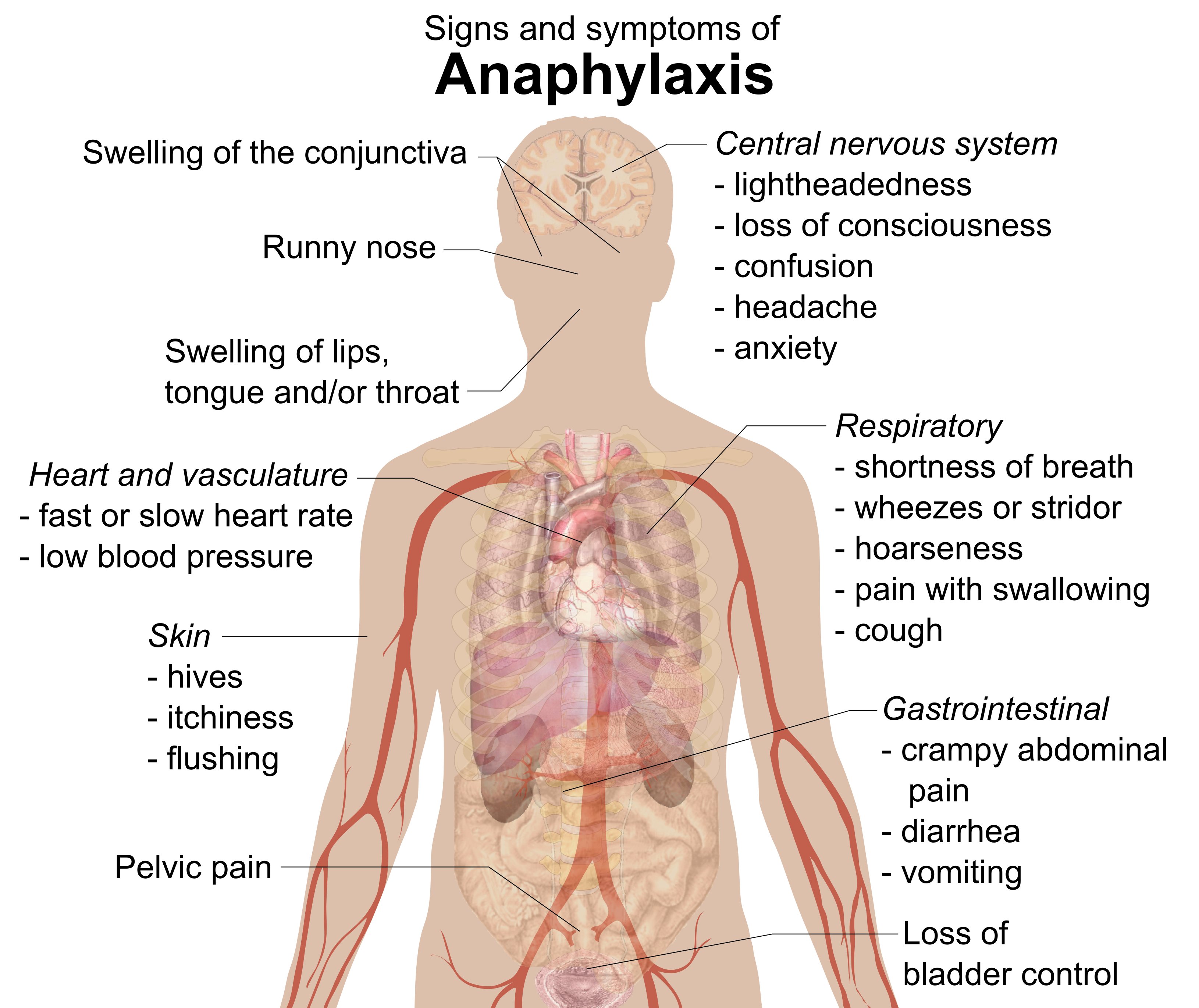A food allergy is a serious and at times life threatening condition that is not curable. There are ways to control it one way is to avoid trigger foods Severe allergies reactions occur only after a bite
The number of Americans that have food allergies astonished me at first. It is estimated that an average of 15 million Americans have been diagnosed with food allergies. That breaks down to about four in every 100. This number is a big consideration of both personal and private chefs. Food allergies can range from mild to severe. My son was diagnosed with allergy to fish when he was around 7 years old, as an adult he still can not eat catfish without getting severely sick. It could have been worst we know as many others struggle to breathe, and other symptoms.
Some individuals who dine on food they are allergic to will experience mild irritations that you may see in other allergens such as pollen. Symptoms may include itching eyes, scratchy throat, and mild indigestion. If the allergy is severe the symptoms may be severe. One of the most common severe allergies is peanuts. Many times if a food allergy is present in one food then there may be another food allergy as well.
- Food Specific Intolerance are foods that cause interruptions in the digestive tract Intolerance can range from mild to moderate. Common symptoms include bloating, gas and diarrhea. Food intolerance includes your nose running when you taste hot salsa or other spicy dish, you get gas after dining on beans, you have diarrhea after drinking a glass of milk because you are lactose intolerant.
- Food Specific Allergy are known food allergies that trigger an immune response and may result in gastrointestinal distress, hives and possible anaphylaxis which can be life threatening. Allergies are of ten more severe than intolerance and can require medical intervention. Food allergies may be severe enough that the food must only comes in contact with something the person touches to trigger a reaction
- Celiac Disease is an autoimmune disorder that affects an average of 1 out of every 100 individuals around the world. Individuals with Celiac disease are unable to digest gluten. Gluten is a protein found commonly in wheat based products. Severe health concerns that may be caused by celiac disease include infertility, iron deficiency and neurological complications.
Food allergies can react differently in different people It may take just a bite or two of the trigger food and other times it may take hours to see apparent symptoms of food allergy. Mild allergic reactions may remind you of more common allergic reactions while moderate food allergy symptoms may include dry swollen or red itchy skin rash, runny or stuffy nose, sneezing or dry cough, watering eyes ear or mouth itchiness, stomachache, cramps, vomiting or diarrhea.
Severe allergic reactions are most often triggered by peanuts, nuts, fish and shellfish. Symptoms of a severe allergic reaction may include shortness of breath, trouble in swallowing, swelling of mouth, lips, tongue or throat, weakness, confusion, light headache or loss of consciousness and chest pain or a weak heartbeat. If the reaction is severe enough the symptoms will not leave and encompass the entire body. This type of reaction is known as anaphylaxis.
Anaphylaxis occurs within minutes of eating a trigger food. Many with such food allergies will carry a medicated injection known as epinephrine which is adrenaline. Medical attention must be found at once. The epinephrine may save your life and will help provide relief until you find medical attention. Individuals with severe food allergies or those with asthma and food allergies are at risk for anaphylaxis.
Even when you know what triggers an allergic reaction food allergies can still be complicated. For instance:
- Baked goods like cakes and cookies may eggs and nuts but they may still be in the product
- water packed tuna packs may have added nonfat dry milk
- salad dressing is often made with soybean oil
- hot dog may be packed with milk protein
So that you are aware of what is in the food you one needs to start reading the food labels. Labels may still make it difficult to know what exactly is in the food product.
- ingredients such as pineapple , milk casein, or hydrolyzed soy protein may be in microwave popcorn but not listed as ingredients. Other terms such as "flavoring" or "natural flavoring"
- egg and soy can be hidden under the terms "emulsifier" or "binder"
The customer service department or the quality assurance officer of the company where the product you have in question should be able to help you figure out if the food is safe for you. In addition, inquire about the food prepared at the restaurant that you choose to eat.





No comments:
Post a Comment
I love comments so if you have a minute leave me your thoughts on the above post